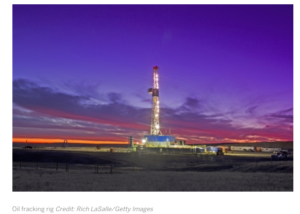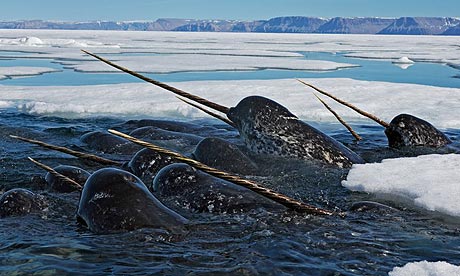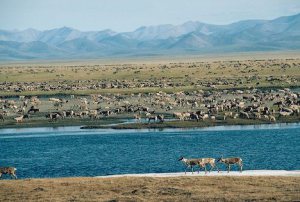Kathryn Gagnon (Pre-Veterinary Science)
Kurt Hunziker (Building Construction Technology)
Corey Wrinn (Natural Resource Conservation)

Image of fracking oil rig
(Baleo, 2015)
Pennsylvanian farmers in poverty are going to sleep at night and waking up as millionaires, having leased their land to gas companies. These overnight successes are called “shaleionaires” because of their newfound wealth due to owning land above shale rock containing natural gas. Individuals receive a payment up front from drilling companies to drill under their properties, in addition to a cut of the profit that these wells generate, when the companies sell the resource. Essentially, this spontaneous income has taken these individuals from poverty, to never having to worry about money. Oil companies typically come into poor, rural towns and pay their way into setting up drilling sites to extract the natural gas they want. Shaleionaires are not the only ones economically benefitting from shale rock; in these poverty-stricken areas, the gas industry is generating jobs for all the people living in the surrounding areas. Shaleionaires, increasing job availability, and incoming profit from the extracted natural gas have resulted in an economic turnover in these areas where businesses were hurting and people were living in poverty. This can be a win-win situation for both the now wealthy local farmer, and the oil company who has access to large amounts of natural gas (Bar-On & Frank, 2010).



